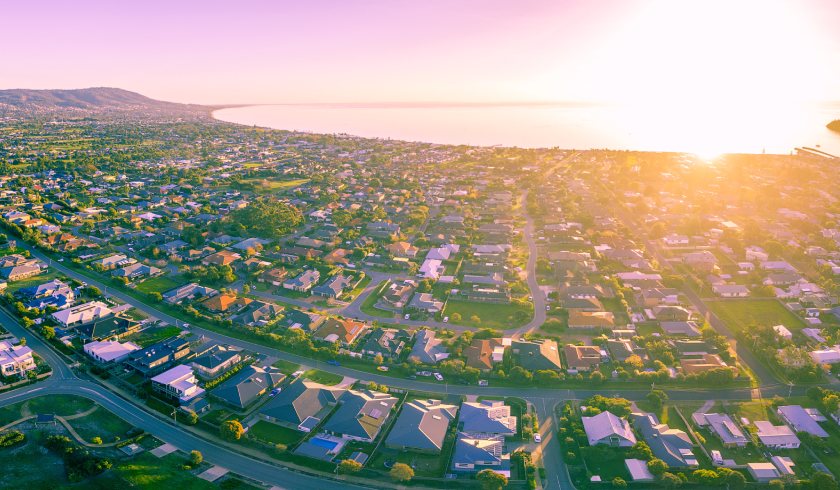Tootgarook: A ‘hidden gem’ of Melbourne’s property market
A report by an Australian property valuation and advisory company has highlighted the suburb as part of the Mornington Peninsula’s vibrant property niche.

As per Herron Todd White’s latest Month In Review report, the south-eastern Melbourne suburb of Tootgarook has been called out as a potential hotspot for housing investors.
The reason for this attention is that it’s seen as likely to benefit from its adjacency to other Melbourne hotspots like Red Hill, St Andrew Beach and Rye.
According to housing market data provided by CoreLogic, these three locales represented the top three performing suburbs in the Melbourne region as of March 2021.
The Herron Todd White report suggested that the shift to remote work in the wake of the pandemic may be a major driver for the growing interest by property investors in the Mornington Peninsula region.
“Being adjacent to one of the best performing suburbs (Rye), Tootgarook is likely to benefit from the ripple effect,” the report speculated.
With a median house value of $700,000, Herron Todd White’s assessment is that Tootgarook has “plenty of scope for values to grow as buyers seek great value property in the coastal region”.
Citing an uptick in demand for property in the coastal region, they noted that property prices in Tootgarook have risen by 14 per cent relative to the same period in 2020 and that houses currently on the market boasted a level of visits per property almost double that of the state average.
“The rental market in Tootgarook also outperforms other regions in Melbourne. The current vacancy rate in the area is 0.5 per cent and the median rent is $385 per week, reflecting a gross rental yield of 2.86 per cent,” the report added.
Back in April, The Mornington Peninsula’s Baxter was also highlighted as one of the country’s fastest-growing suburbs by REA economist Anne Flaherty.
Citing a resurgence of interest in suburban and rural suburbs, she said, “The increased adoption of remote working means for many workers, proximity to offices is less pertinent than in the past. Workers may be willing to tolerate longer commute times if they are only travelling into their offices two out of seven days, rather than the five out of seven before the pandemic struck.”
